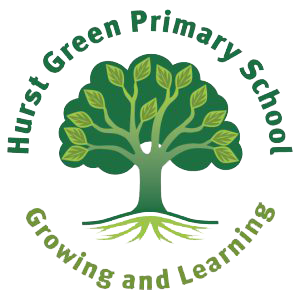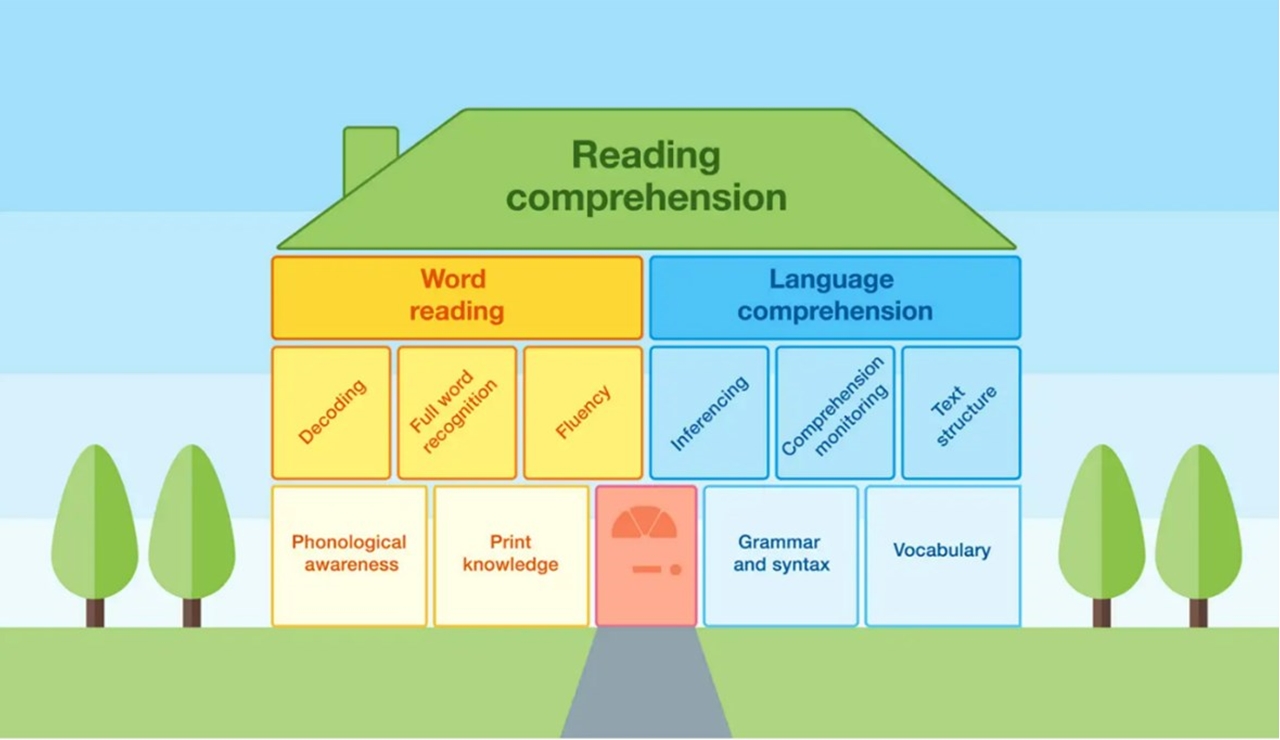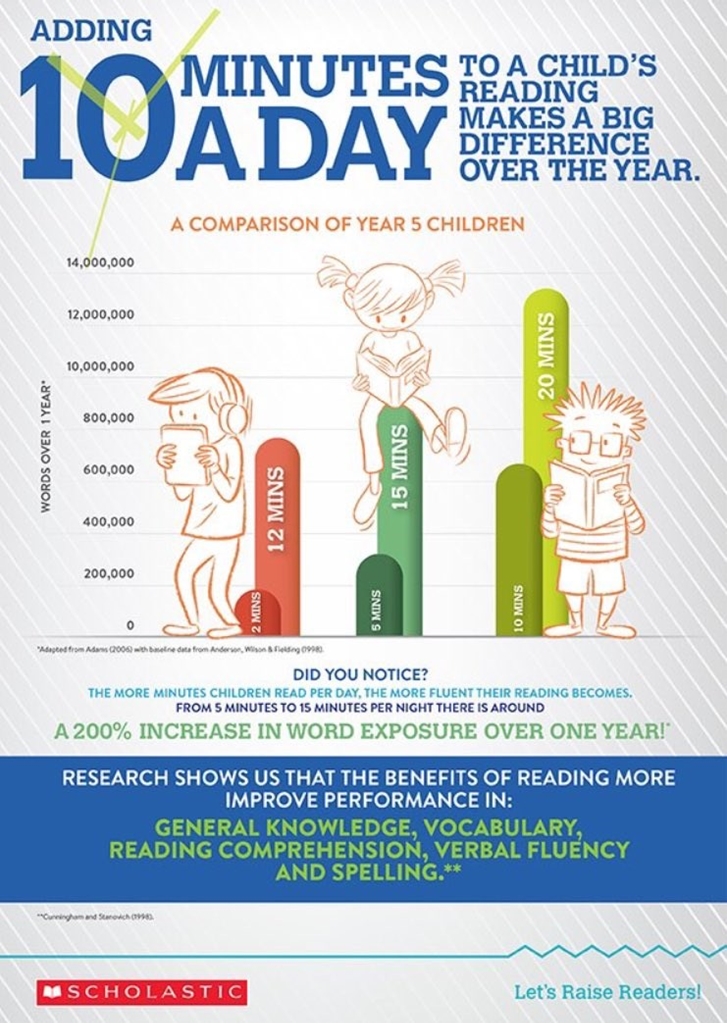Welcome to our Reading homepage here at Hurst Green
At Hurst Green Primary School, we believe that reading is a key life skill. Our aim is to provide children with reading experiences that will lead to rich language development including a breadth of vocabulary and exposure to a wide variety of different texts and genres.
Our aim is to...
- To develop enthusiastic readers who read with confidence.
- To read accurately, fluently and with understanding and confidence.
- To use phonics to decode unfamiliar words.
- To be able to read in order to develop learning across the curriculum.
- To develop good linguistic knowledge of vocabulary and grammar.
How do we achieve this?
- Consistent teaching of early phonics through the use of Little Wandle.
- Ensure that reading books are accurately matched to children's phonic knowledge.
- Working closely with parents to ensure that support at home is in line with the school's approach.
- Promoting a positive culture of reading in school and reading for pleasure.
- Whole class reading lessons in KS2.
- Accurate assessment via book bands, phonics assessments, reading age tests and running records.
Reading Council
Here at Hurst Green we have created a child-focused Reading Council. We have worked with KS2 children to create a group of children who are enthusiastic, dedicated and willing to help promote our Reading for Pleasure atmosphere. Reading Council is made up of children from Years 4-6. These children meet with Miss CE on a bi-weekly basis and discuss things like, reading events to include parents, book swaps, book fairs and reading recommendations for all ages across the school.
During this academic year, they are going to be working on projects to help continue to build on our reading culture and work to encourage others to discover a love of reading.
In the Autumn term alone, Reading council have worked on clearing out the library of books that do not serve a purpose for our readers, supported during our Book fair (where we raised an incredible amount for new books in our school library - Thank you for your support!) & created reading challenges for all children to get involved in.
We look forward to sharing more of these with you as we move through the year!
Reading Graphics
The Impact of Reading
The National Literacy Trust says 'There can be few things as powerful as regularly reading to a young child. It has astonishing benefits for children: comfort and reassurance, confidence and security, relaxation, happiness and fun. Giving a child time and full attention when reading them a story tells them they matter. It builds self-esteem, vocabulary, feeds imagination and even improves their sleeping patterns.'
This can be seen across the school - regardless of your child's age. Children who enjoy reading and proactively do so at home benefit from a wide vocabulary when writing, a clearer understanding of language when working out reasoning and problem solving questions in maths, they can verbalise and record their ideas in topic lessons with coherence and so much more!
At Hurst Green, we are aware that reading can be a challenge at home and appreciate all the support we you provide to your children outside of the school setting. We can all do more to support our children with their reading. The National Literacy Trust says ' Current data illustrates: 45% of 0–2s are read to daily or nearly every day. This increases to 58% of 3–4s, in part to get them ‘school ready’, and by 5–7 years, parents reading daily to their children drops back to 44% as the notion takes hold that reading is a subject to learn at school. By this age, parental involvement can often be simply ensuring reading homework is done.'
Reading is such a large part of children's lives we need to continue to support them both school & home to make sure the children can benefit from both reading as an essential life skill but also for pleasure.
Supporting your child with reading
Supporting your child at home doesn't need to take up a lot of your time. You can support them while doing other activities or choose to spend some focused time to read together. Consistency is the key with reading, little and often can help improve any readers progress or help build their love for reading.
The gov.uk '10 top tips for parents to support children to read' material (updated in 2022) suggests:
1. Encourage your child to read - Reading helps your child’s wellbeing, develops imagination and has educational benefits too. Just a few minutes a day can have a big impact on children of all ages.
2. Read aloud regularly - Try to read to your child every day. It’s a special time to snuggle up and enjoy a story. Stories matter and children love re-reading them and poring over the pictures. Try adding funny voices to bring characters to life.
3. Encourage reading choice - Give children lots of opportunities to read different things in their own time - it doesn’t just have to be books. There’s fiction, non-fiction, poetry, comics, magazines, recipes and much more. Try leaving interesting reading material in different places around the home and see who picks it up.
4. Read together - Choose a favourite time to read together as a family and enjoy it. This might be everyone reading the same book together, reading different things at the same time, or getting your children to read to each other. This time spent reading together can be relaxing for all.
5. Create a comfortable environment - Make a calm, comfortable place for your family to relax and read independently - or together.
6. Make use of your local library - Visit them when you’re able to and explore all sorts of reading ideas. Local libraries also offer brilliant online materials, including audiobooks and ebooks to borrow. See Libraries Connected for more digital library services and resources.
7. Talk about books - This is a great way to make connections, develop understanding and make reading even more enjoyable. Start by discussing the front cover and talking about what it reveals and suggests the book could be about. Then talk about what you’ve been reading and share ideas. You could discuss something that happened that surprised you, or something new that you found out. You could talk about how the book makes you feel and whether it reminds you of anything.
8. Bring reading to life - You could try cooking a recipe you’ve read together. Would you recommend it to a friend? Alternatively, play a game where you pretend to be the characters in a book, or discuss an interesting article you’ve read.
9. Make reading active - Play games that involve making connections between pictures, objects and words, such as reading about an object and finding similar things in your home. You could organise treasure hunts related to what you’re reading. Try creating your child’s very own book by using photos from your day and adding captions.
10. Engage your child in reading in a way that suits them - You know your child best and you’ll know the best times for your child to read. If they have special educational needs and disabilities (SEND) then short, creative activities may be the way to get them most interested. If English is an additional language, encourage reading in a child’s first language, as well as in English. What matters most is that they enjoy it.





